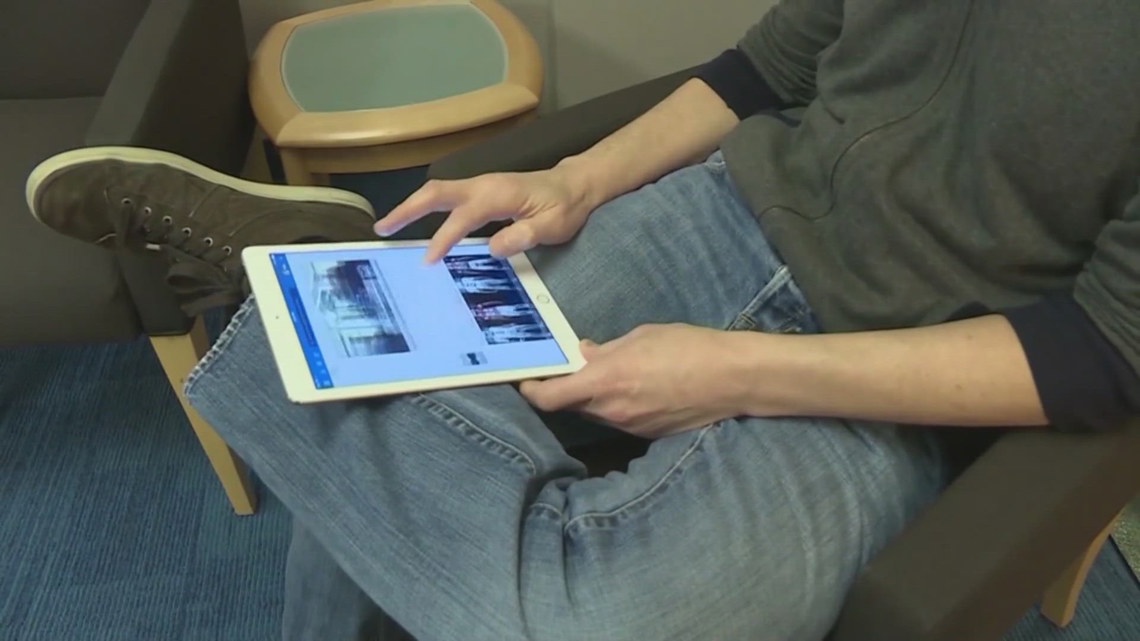
The American Heart Association says more young people are having heart attacks because they aren’t as physically active.
SAN ANTONIO — The school year is underway and that means kids’ brains are back to the books after weeks of summer vacation.
Some of those summer hours might have been spent in front of TVs, tablets or cell phones as digital leisure continues to dominate attention spans. Experts say increased screen time doesn’t only affect students’ mental health, but their physical health too.
Researchers have found that because of increased screen time and less sleep, heart health risks in children and teens is on the way up.
“Nowadays, kids are spending a lot more time indoors and just in front of the screen,” said Cardiologist Dr. Fahmi Farah. “So yes, certainly it is a very sedentary lifestyle and those can have detrimental impact in the long term.”
The American Heart Association says heart attacks are becoming more common in adults under age 40. That’s partially due to a more sedentary lifestyle.
“I think people’s stress level has also gone up. So I think it’s a multifactorial thing. Eating healthy, all of those kind of went down during the pandemic. I think those are all having a long term impact now on their cardiovascular health,” Farah said.
A study published in the Journal of the American Heart Association included over 1,000 participants from two Danish studies between 10 and 18 years old. Researchers looked at the time they spent on electronic devices.
They found 10-year-olds were on devices three hours each day, while 18-year-olds were getting twice as much screen time. They all found all kids carried a higher risk for heart issues, including high blood pressure and high cholesterol, the more time they spent on those devices.
That’s one reason why the Department of Health and Human Services is pushing to get all Americans to use wearable fitness technology. It could help improve heart health including in children by fighting chronic disease.
“We’re finding that we can predetermine whether they’re going to happen in a patient by analyzing their waveforms, what they look like currently, even though they may be in a normal rhythm,” said Mark Goddard, vice president of clinical services at InfoBionic.Ai.
